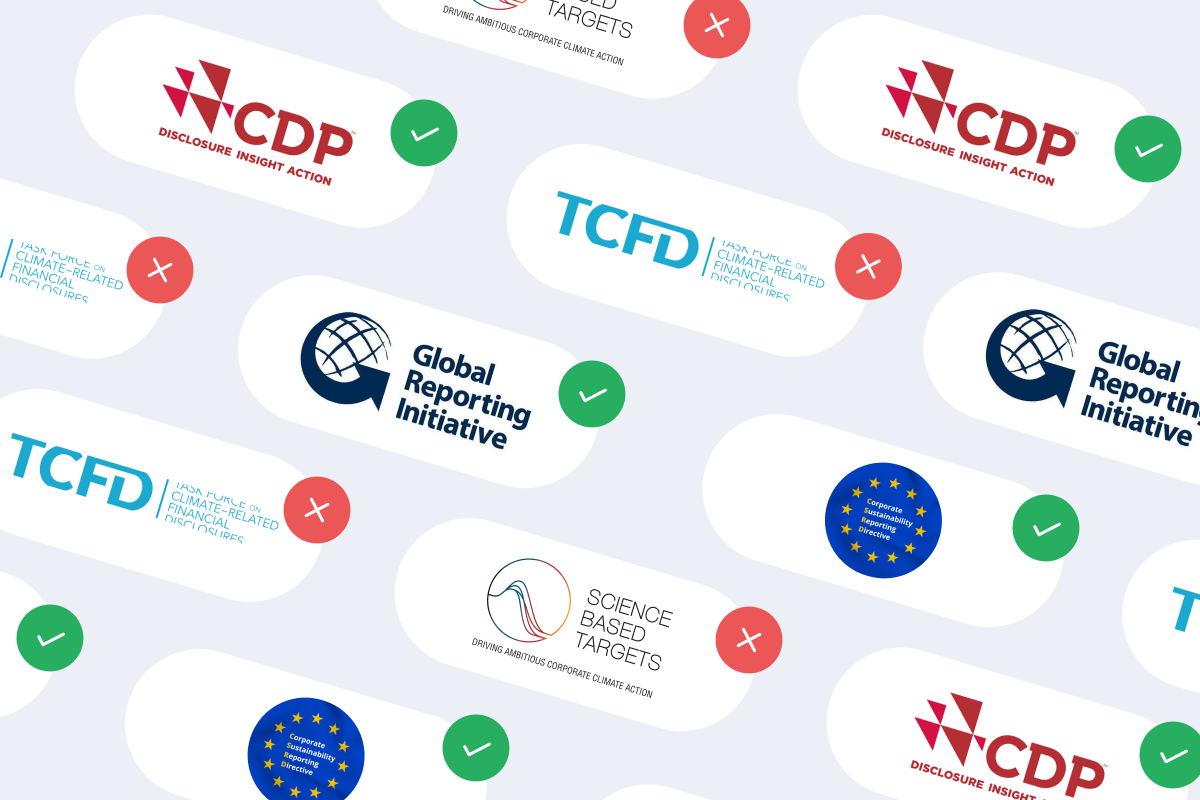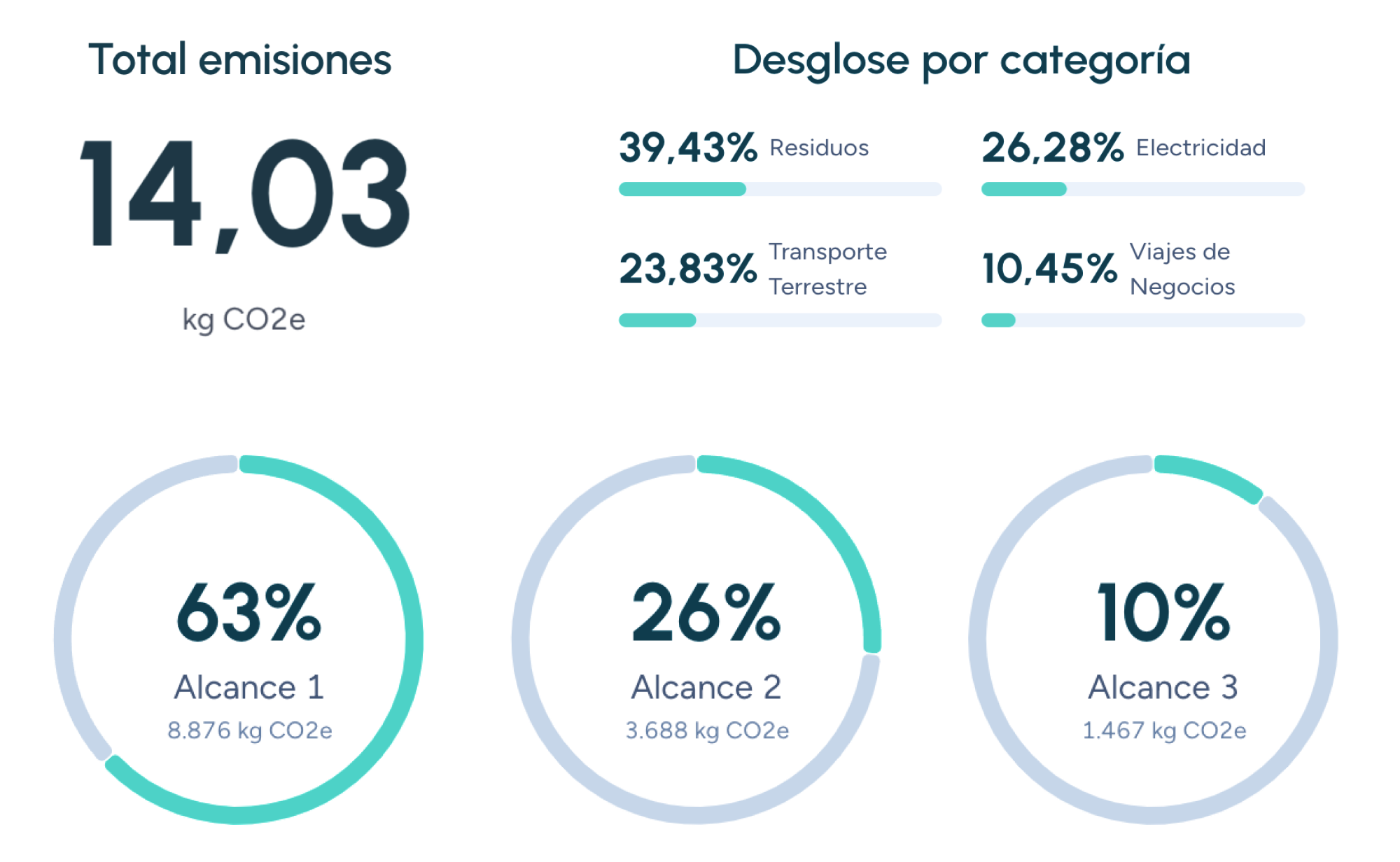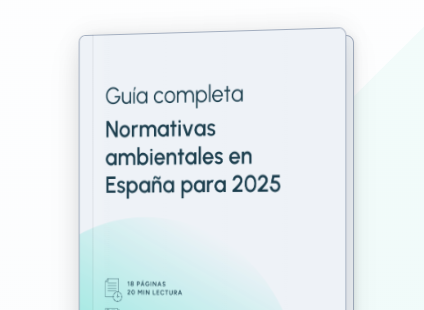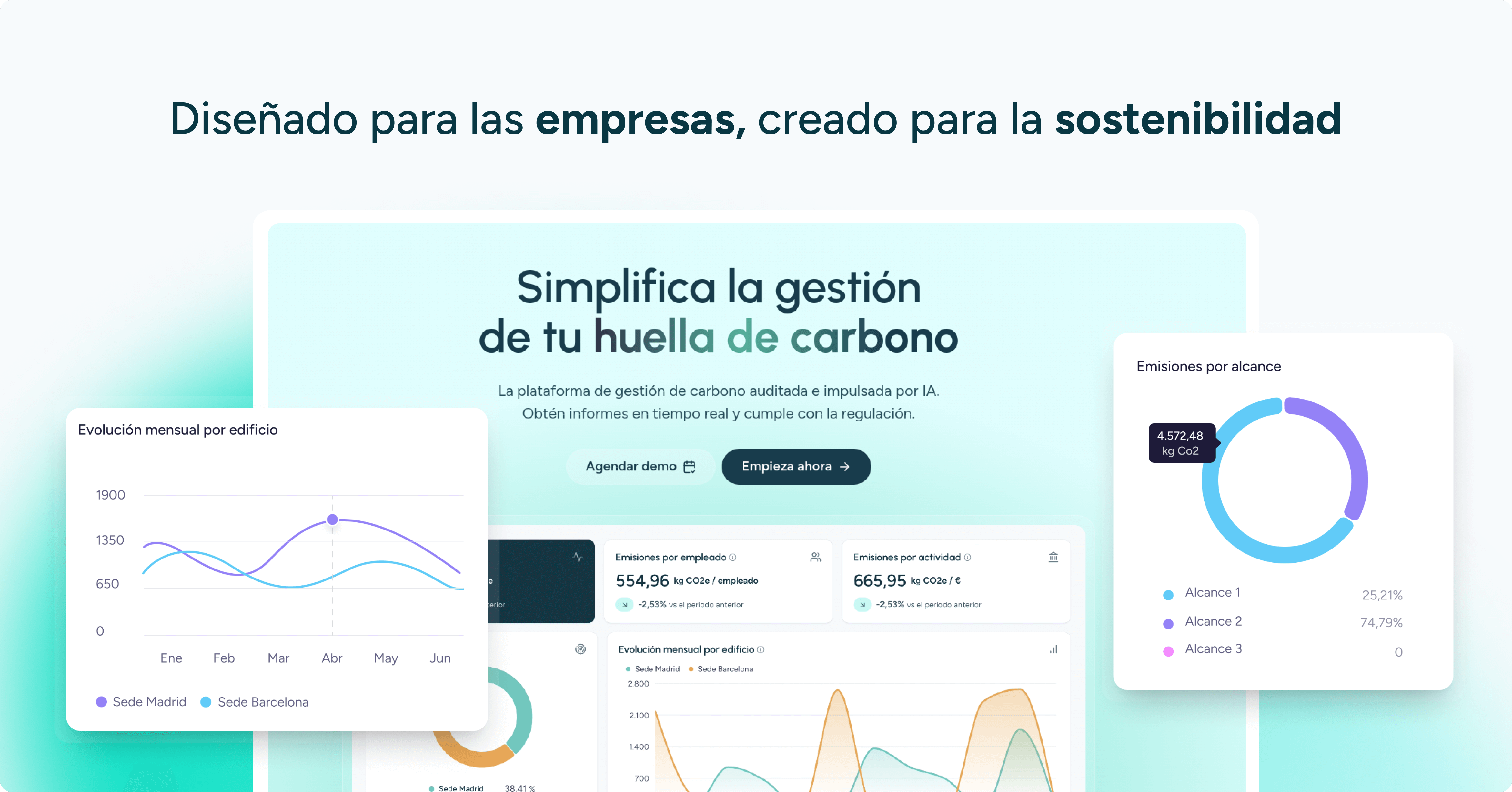Water Risk Assessment
Water Risk Assessment is an analytical tool used to identify, measure, and manage water-related risks that affect organisations, territories, and communities. In a world marked by water scarcity, climate change, and increasing pressure on aquatic ecosystems, assessing these risks is essential to ensure business continuity, urban water supply, and the sustainability of agricultural and industrial activities.
More and more companies are incorporating Water Risk Assessment into their sustainability and resilience strategies, while governments use it to design river basin management plans and adaptation strategies for droughts and floods.
Definition
Water Risk Assessment is the process of identifying, evaluating, and prioritising water-related risks in a specific area or activity, considering both resource availability and quality, as well as regulatory, social, and reputational factors.
It includes three main dimensions:
– Physical risks: scarcity, droughts, floods, pollution.
– Regulatory risks: legislative changes, consumption restrictions.
– Reputational risks: negative perceptions among communities and consumers.
Strategic importance
– Businesses: water is a critical input in sectors such as food, energy, textiles, and mining. A supply failure can halt operations.
– Governments: risk assessment allows anticipation of supply crises and the design of water-security policies.
– Investors: financial institutions increasingly require water-risk analyses as part of ESG criteria.
Water Risk Assessment methodologies
- Corporate tools
– WRI Aqueduct: global water-risk mapping tool.
– WWF Water Risk Filter: basin-level analysis for companies.
– CDP Water Disclosure: global questionnaire to assess exposure and management. - Regulatory assessments
– ISO 14046: water footprint analysis with risk-based factors.
– EU Water Framework Directive: river basin management planning. - Advanced models
– Integration of climatic, social, and economic data.
– Prospective scenarios with horizons to 2030–2050.
Variables considered
– Water availability: river flows, aquifers, reservoirs.
– Current and projected demand: agricultural, industrial, urban.
– Water quality: physical, chemical, and biological pollutants.
– Infrastructure: distribution efficiency and treatment capacity.
– Climatic factors: drought and flood projections.
– Social and political context: water-use conflicts.
Benefits of Water Risk Assessment
- Environmental: improved planning of water use and conservation.
- Economic: avoids business interruptions and drought-related losses.
- Social: reduces conflicts with local communities.
- Strategic: strengthens reputation and investor confidence.
Current challenges
– Lack of reliable local data in many countries.
– Difficulty integrating physical, regulatory, and social factors.
– Implementation costs for SMEs and small municipalities.
– Adapting to uncertain climate scenarios.
Relation to circular economy and sustainability
Water Risk Assessment encourages businesses and territories to:
– Reuse wastewater.
– Optimise industrial and agricultural processes.
– Invest in resilient infrastructure.
– Apply circular design across value chains.
Water Risk Assessment is a strategic tool essential for anticipating, measuring, and managing water-related risks in a world increasingly exposed to scarcity and climate variability. Its application enables companies, governments, and communities to make better-informed decisions, reduce vulnerabilities, and strengthen resilience to water crises.
Ultimately, conducting a Water Risk Assessment is not just a technical practice: it is a sustainability and competitiveness imperative for the 21st century.
Companies that already trust manglai





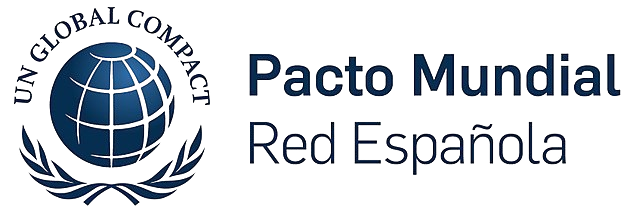








B Corp Certification
B Corp Certification is a global standard that validates companies for their commitment to sustainability and social responsibility, promoting practices that reduce carbon footprints and create a positive impact on society and the environment.
CBAM: EU Carbon Border Adjustment Mechanism
Analyse how the EU taxes imports according to their carbon footprint, the sectors affected, and the steps companies must take to prepare for 2026.
Carbon Border Adjustment Mechanism (CBAM)
The Carbon Border Adjustment Mechanism (CBAM) is a regulatory tool developed by the European Union to prevent carbon leakage and promote global decarbonization.
Guiding businesses towards net-zero emissions through AI-driven solutions.
© 2025 Manglai. All rights reserved
Política de Privacidad